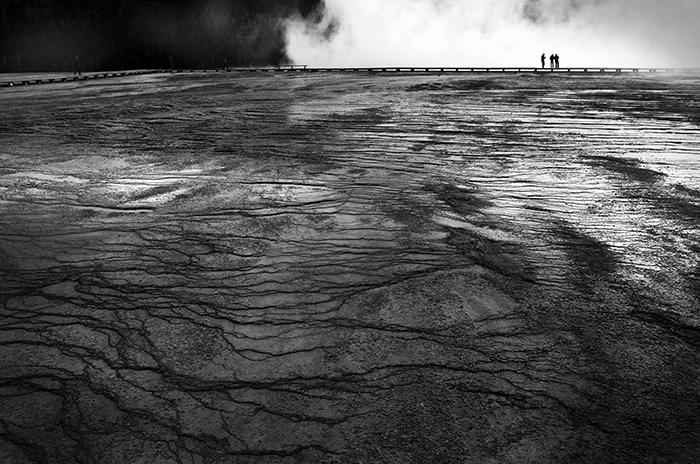
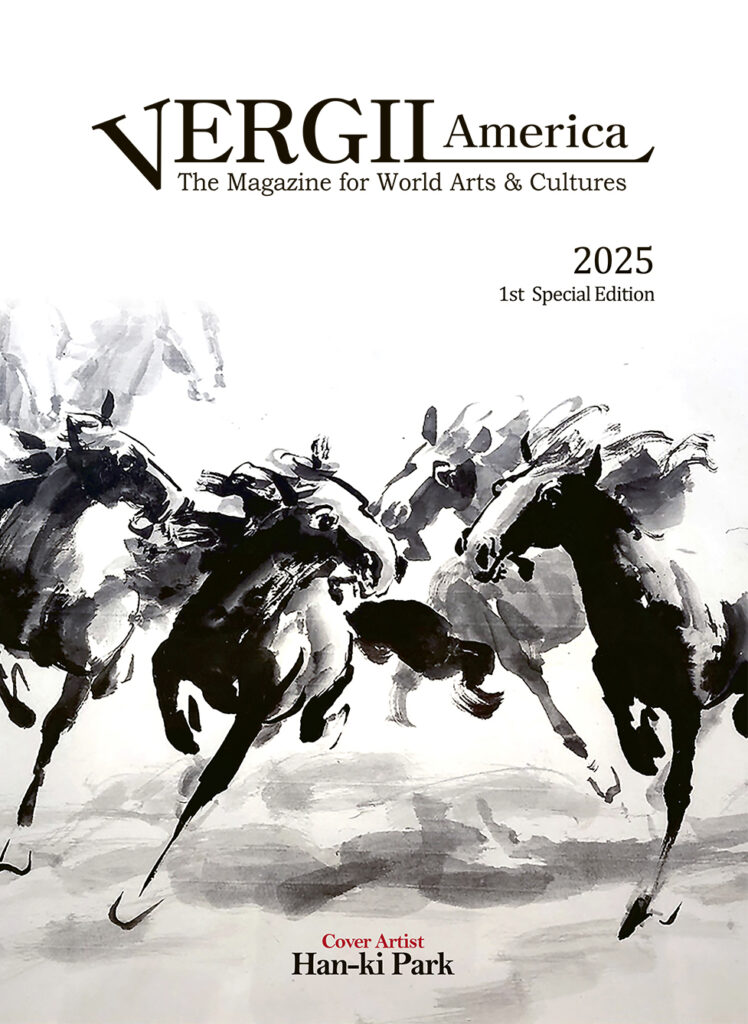


Between Art and Politics: The Journey of Han-ki Park
Han-ki Park was born in 1913 in Pyeongtaek, Gyeonggi Province, during the Japanese occupation of Korea. He was an elite artist who studied political science and diplomacy in university and was highly regarded by his peers.
Although he majored in political science and diplomacy, Park began painting from a young age. He developed his own unique style of calligraphy, working with ink on name cards. Even in his final days, he never let go of his brush, embodying the spirit of a relentless artist.


Introducing Korean Ink Art to the United States
Early in his career, Park moved to the United States and actively worked in cities like Washington, Texas, and Miami, introducing the world of Korean ink art to mainstream American society. Before moving to the U.S., he was already recognized in Korea as an invited artist for the Modern Art Awards Exhibition and was featured in special programs like TBC’s In Praise of Humanity and MBC’s One Way Life, showcasing his artistic talents to the public.
An Artist’s Resilience During the Korean War
In 1950, when the Korean War broke out, Park took refuge in Busan. There, he ran the renowned New York Bakery while supporting his family and offering generous assistance to many struggling artists who had also fled to Busan.
At that time, many Korean artists, including Lee Jungseop, Kim Whanki, and Park Sookeun, went to Japan to study art, and Park Han-gi was a senior to most of them. As a self-taught artist who did not study abroad, he continued to work quietly in Korea, receiving less public attention. Nevertheless, he gained recognition in Korea’s art world, alongside artists like Jang Woosung, Kim Younggi, and Park Bongsu.

A Life in America, Influencing Korean Art
Han-ki Park was one of the first Korean artists to move to the U.S., where he spent most of his career. He was more active abroad, particularly in the U.S. and the U.K., than in Korea. During that era, art was not widely appreciated by the Korean public, and pursuing a career in art was often discouraged, which limited his recognition in Korea.
Spending over half a century in America, Park remained relatively unknown in Korea, aside from a few senior artists. His works were primarily created with ink, and he often depicted horses. His dynamic ink drawings of horses revealed his powerful brushstrokes, and the scenes of horses playing in nature highlighted his unique artistic techniques.

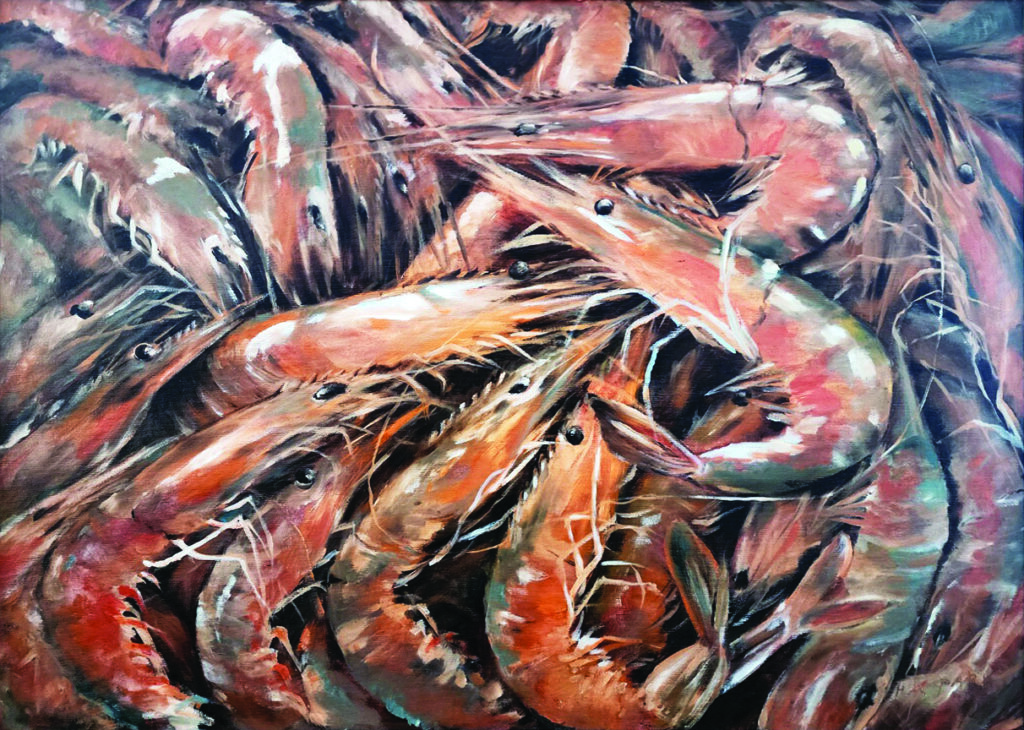

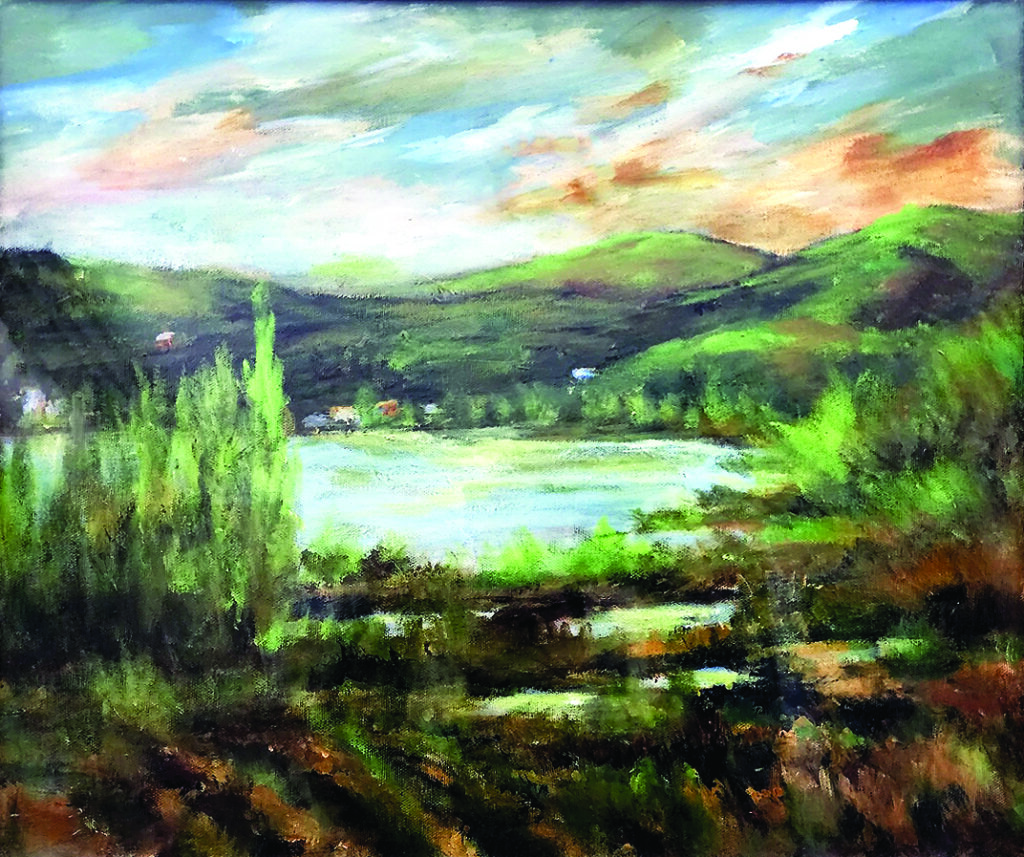


A Monumental Exhibition in His 100th Year
In 2013, Vergil America organized a retrospective exhibition in Los Angeles to commemorate Park’s 100th birthday. Visitors praised his mastery of ink art, recognizing the depth and skill he brought to the genre.
For Han-ki Park, horses were a familiar and beloved subject, representing a connection between humanity and nature. His works, created with focused brushstrokes, reflected his unique talent and dedication. He will forever be remembered as a brilliant artist.
Praise from Fellow Artists
Below are comments from two prominent figures who were close friends of Han-ki Park and former presidents of the Korean Art Association.
First, artist Kim Younggi said:
“Han-ki Park’s brush technique is unrivaled, and his skill and precision are beyond imitation. His ability to naturally express the shape of roof tiles is extraordinary. Whether working in traditional Korean painting, oil painting, or Western pastels, he created a sense of depth with meticulous detail. Future generations will certainly revisit his artistic legacy.”
 Moments of Artistic Exchange
Moments of Artistic Exchange
Han-ki Park was active on the international stage, engaging with artists from around the world. These experiences enriched his work with depth and diversity, establishing a foundation for international recognition.
Artist Park Bongsu offered the following remarks:
“Han-ki Park established his own unique technique and style. He can be considered an Impressionist in Korean art, and he was a pioneer in integrating Western artistic sensibilities into traditional Korean art, revitalizing the medium with modern elements. His mastery of both Eastern and Western techniques is truly remarkable. He was a genius in every sense.”
A Legacy Beyond Art
Han-ki Park’s works not only reached the heights of artistic expression but also captured the historical and cultural contexts of the time he lived in. The powerful and free-spirited horses he depicted seem to embody moments of deep connection between humans and nature. His unique ink painting techniques, combined with his elegant brushstrokes, resulted in masterpieces that continue to shine in the art world.
Although much of his career unfolded overseas, and he remains relatively unknown in Korea, Han-ki Park’s artistic legacy is an essential part of Korean modern art history. His works continue to inspire future generations of artists, and his contributions are being rediscovered in both Korean and international art circles.
Han-ki Park was an artist who, through his work, built a world uniquely his own. He showed us that art is not merely a skill but a way of life. His works continue to resonate deeply with viewers, and the emotional impact of his art will endure for many years to come.


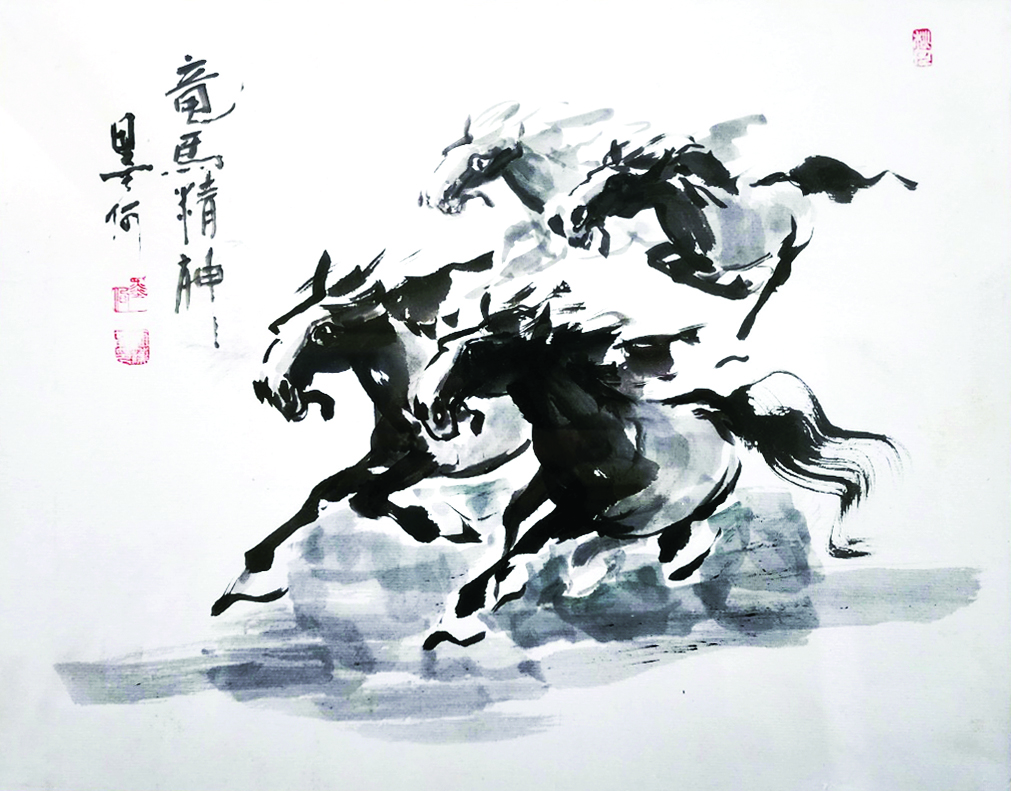 Whirlwind Gallop
Whirlwind Gallop

